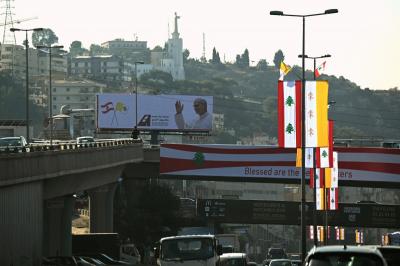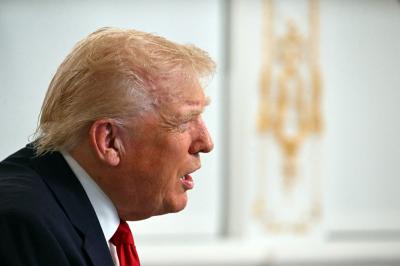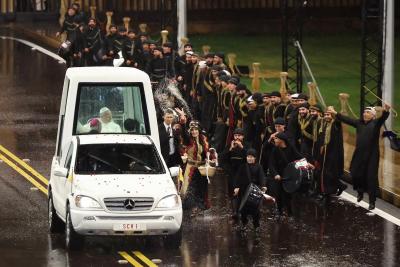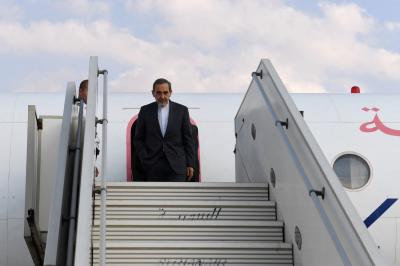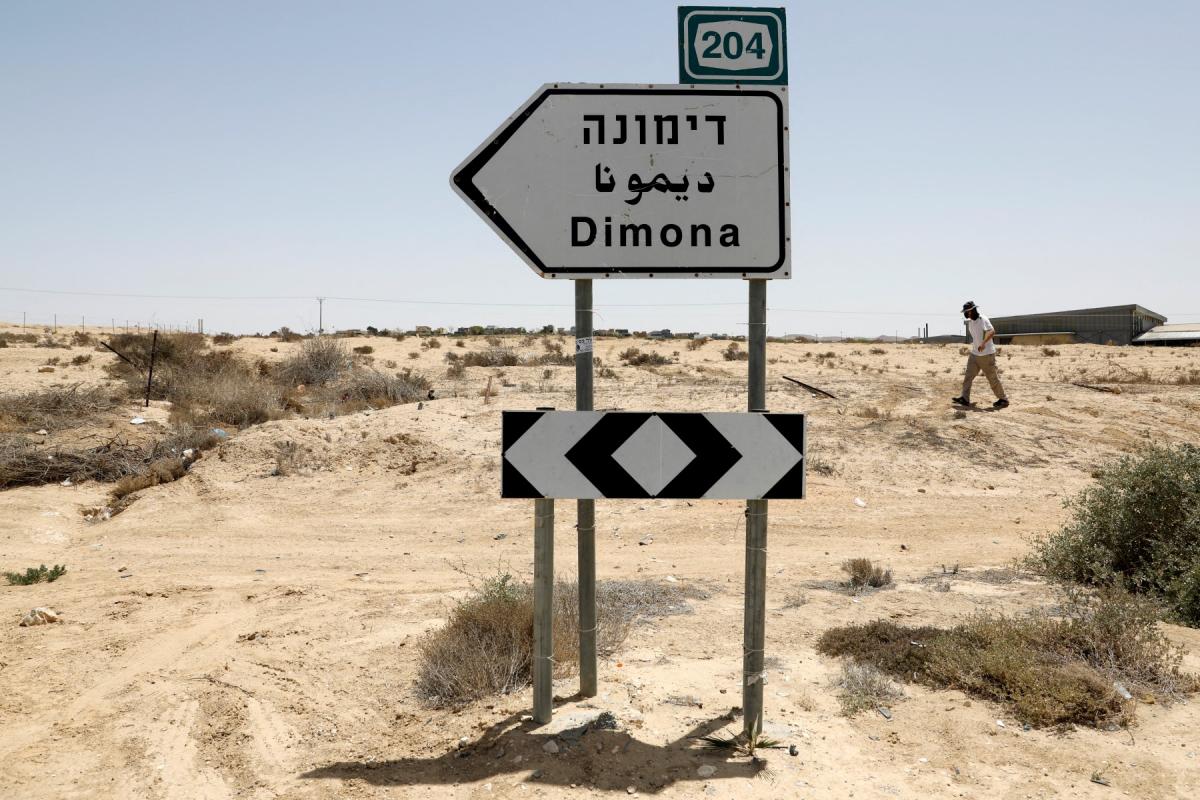A key question is being raised: Could radiation effects reach Beirut if the Dimona nuclear reactor in the Negev desert were targeted?
And is the fear of nuclear radiation in Beirut justified given the region’s frequent military escalations?
Although this question might seem far-fetched at first glance, it resonates in a world not immune to nuclear surprises, from the 1986 Chernobyl disaster in Ukraine to the Fukushima Daiichi nuclear plant incident in Japan in 2011 following a major earthquake. But how realistic is this scenario when viewed through the geographic and scientific lens of the Middle East?
The degree of radiation risk from any nuclear incident is based on several key factors:
Type of explosion: Was it a nuclear detonation or a conventional strike on a nuclear facility? The former releases massive radiation instantly, while the latter is more limited and might lead to a controllable radiation leak.
Amount of radioactive material released: Not all nuclear explosions or accidents result in major radiation emissions. In some cases, radioactive material remains contained within the facility.
Weather and wind direction: Wind is the primary factor for spreading radioactive particles, especially when directed toward populated areas.
Distance: The farther one is from the incident, the lower the radiation exposure.
Is Beirut outside the immediate danger zone?
Beirut lies about 250 kilometers from the Dimona reactor, a distance widely considered safe from direct radiation, even in the event of a major leak.
On a theoretical level, the risk of radioactive dust reaching the city via winds is extremely low, and would only happen if several conditions align simultaneously:
A large, immediate radioactive leak;
Sustained northerly winds blowing directly toward Beirut;
No natural barriers or terrain to slow down particle spread.
Historical evidence shows that even major nuclear incidents such as Fukushima did not result in dangerous radiation beyond an 80 km radius of the site.
Thus, while public anxiety about any nuclear threat in a politically volatile region is understandable, scientific and field data clearly indicate that Beirut is outside the direct radiation danger zone, unless an unprecedented leak occurs under extraordinary weather conditions.
What to do if a nuclear alert is issued?
First 10 minutes:
Immediately go indoors to any nearby building and stay away from windows. Radioactive fallout starts about 10 minutes after the explosion.
First 24 hours:
- Do not leave the building, as radiation levels are at their peak.
- Remove contaminated clothing and wash your body thoroughly.
- Follow official instructions from the government.
- Avoid eating or drinking anything from outside.
Next 48 hours:
- Leave the building only if absolutely necessary, and fully cover your body.
- Wash food containers with soap and water, and wash your hands often.
- Keep children and pregnant women indoors, as they are more vulnerable to radiation.
- Await new official government instructions.
What actually happens during a nuclear explosion?
- A flash that causes temporary blindness.
- Extreme heat that burns skin and starts fires.
- A shockwave that destroys buildings.
- Lethal radiation and radioactive dust.
- An electromagnetic pulse (EMP) that disables communications.
In times of crisis, preparedness and knowledge are survival tools:
- Identify shelters in advance and set a clear emergency plan.
- Prepare an emergency bag with important personal items and medications.
Please post your comments on:
[email protected]
 Politics
Politics
